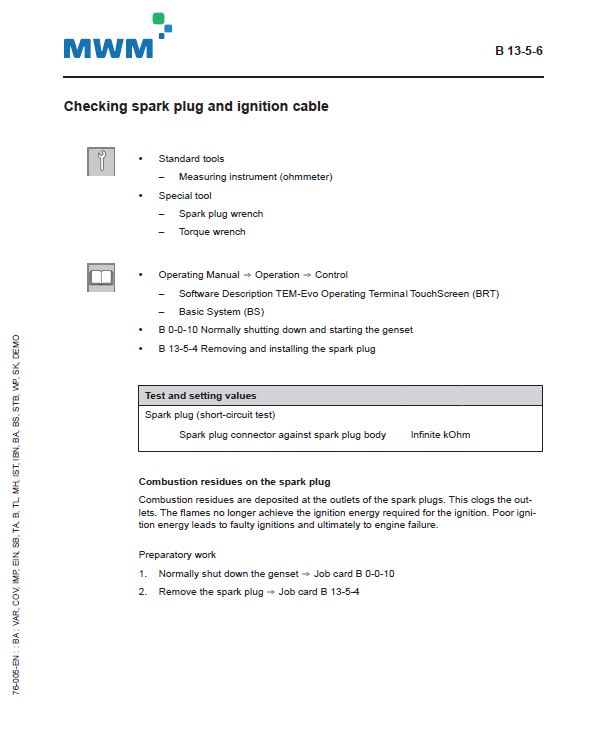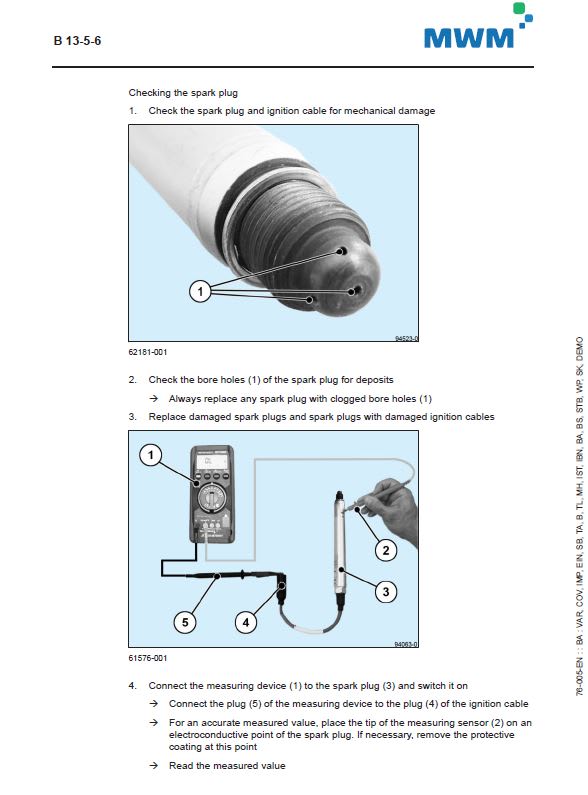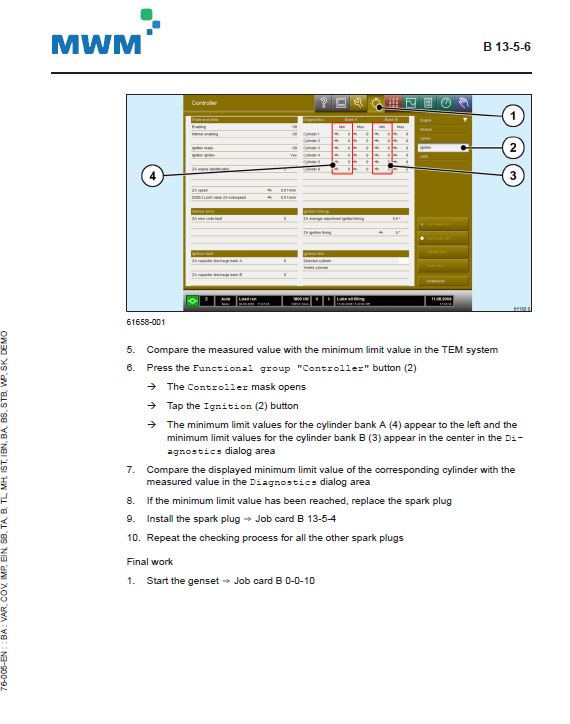Hey guys
A little over a year ago we made post on here on looking for aftermarket pre-chamber plugs since we are going through a lot of plugs on our biogas engines - we were trying to save some money. At the time we decided to stick with the OEM plugs and have been continuing to use them to date.
Since then we have had some plugs go 3000 hours plus and other fail with less than 500 hours. Failure is usually due to low cylinder temp on the cylinder with bad plug - then we must replace the plug to get the engine to continue to run
Recently we have cut open the plugs to look at the electrodes. Here are some pics
The forward pointing legs of the electrode are gone in most of the failed plugs - so far that is our only observation. We have cut open the rest of the plug and inspected but so far no other findings.
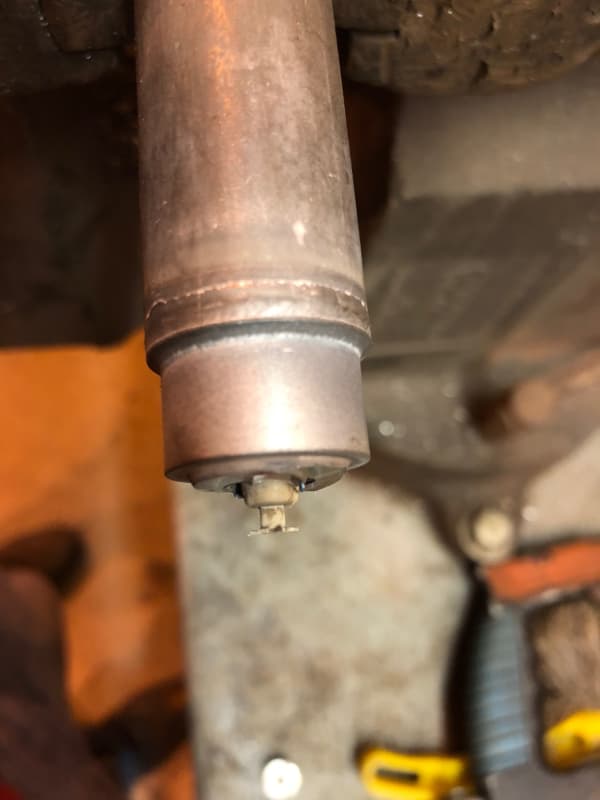
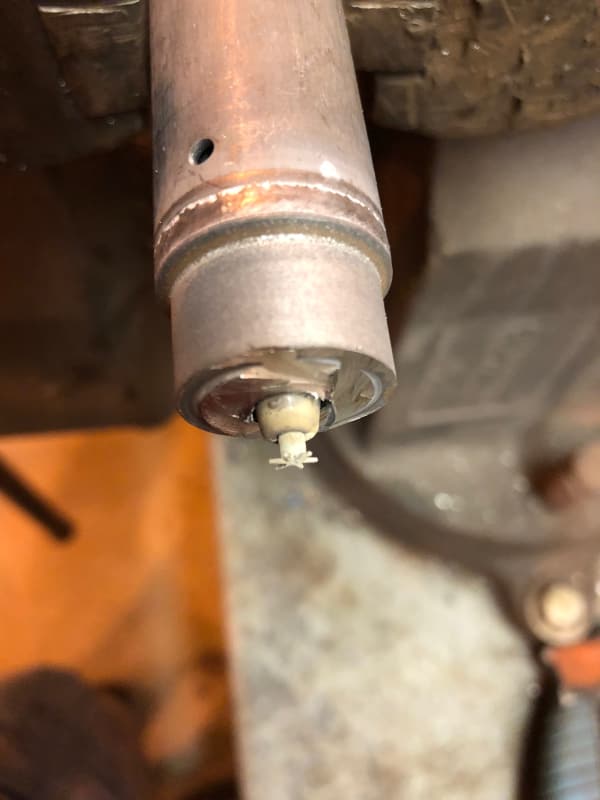
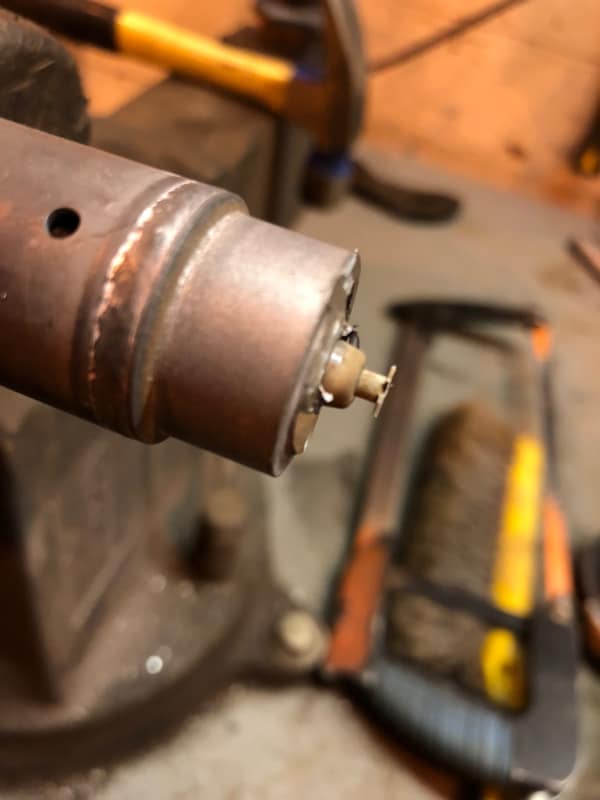
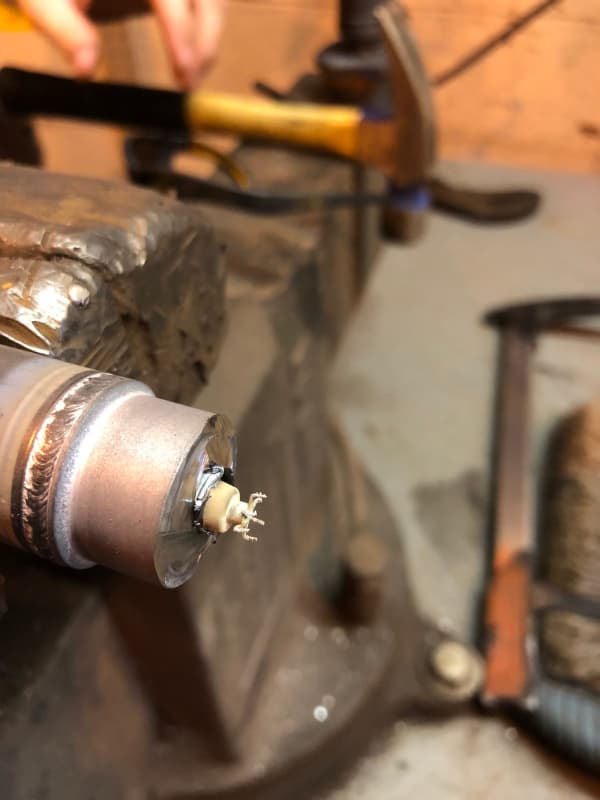
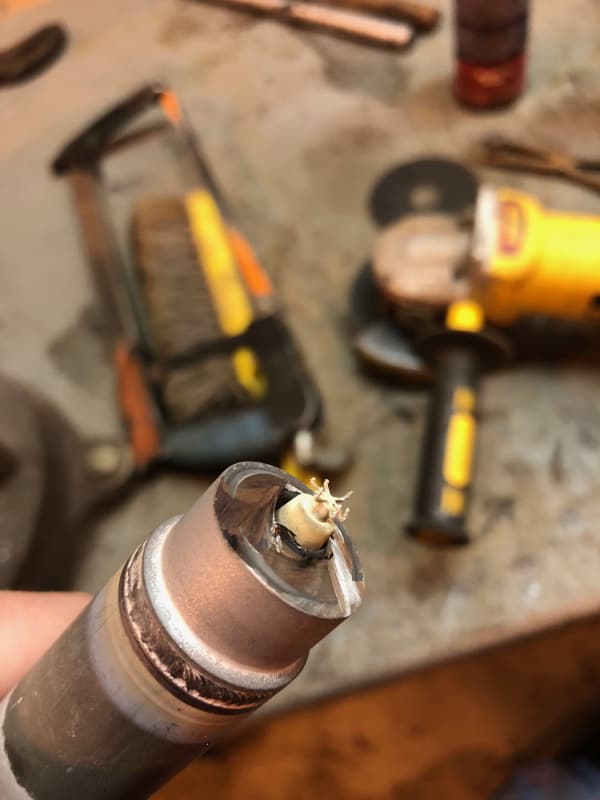
We are still trying to figure out why some plugs are failing so quickly - and appreciate any comments and suggestions
A little over a year ago we made post on here on looking for aftermarket pre-chamber plugs since we are going through a lot of plugs on our biogas engines - we were trying to save some money. At the time we decided to stick with the OEM plugs and have been continuing to use them to date.
Since then we have had some plugs go 3000 hours plus and other fail with less than 500 hours. Failure is usually due to low cylinder temp on the cylinder with bad plug - then we must replace the plug to get the engine to continue to run
Recently we have cut open the plugs to look at the electrodes. Here are some pics
The forward pointing legs of the electrode are gone in most of the failed plugs - so far that is our only observation. We have cut open the rest of the plug and inspected but so far no other findings.





We are still trying to figure out why some plugs are failing so quickly - and appreciate any comments and suggestions

